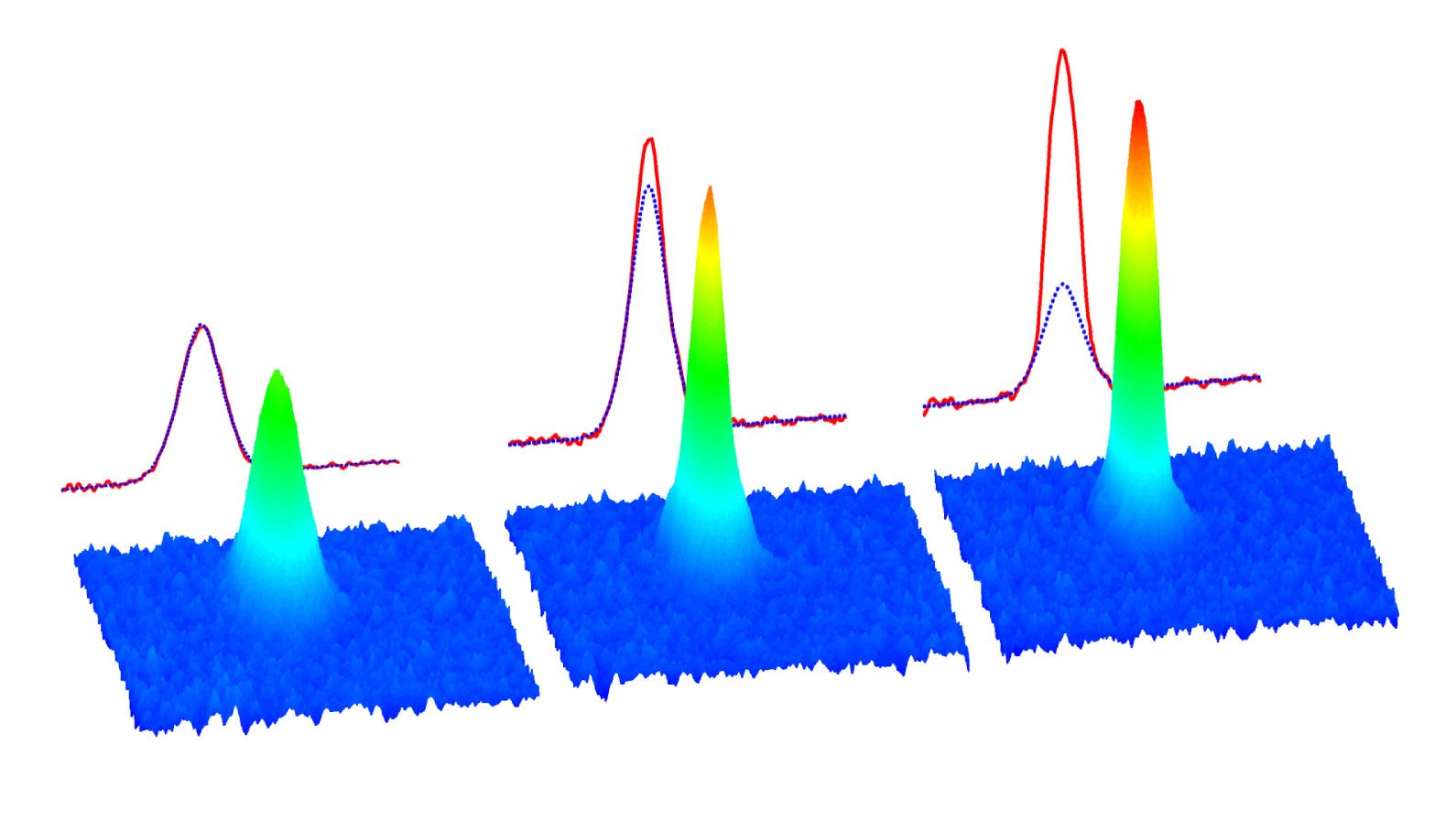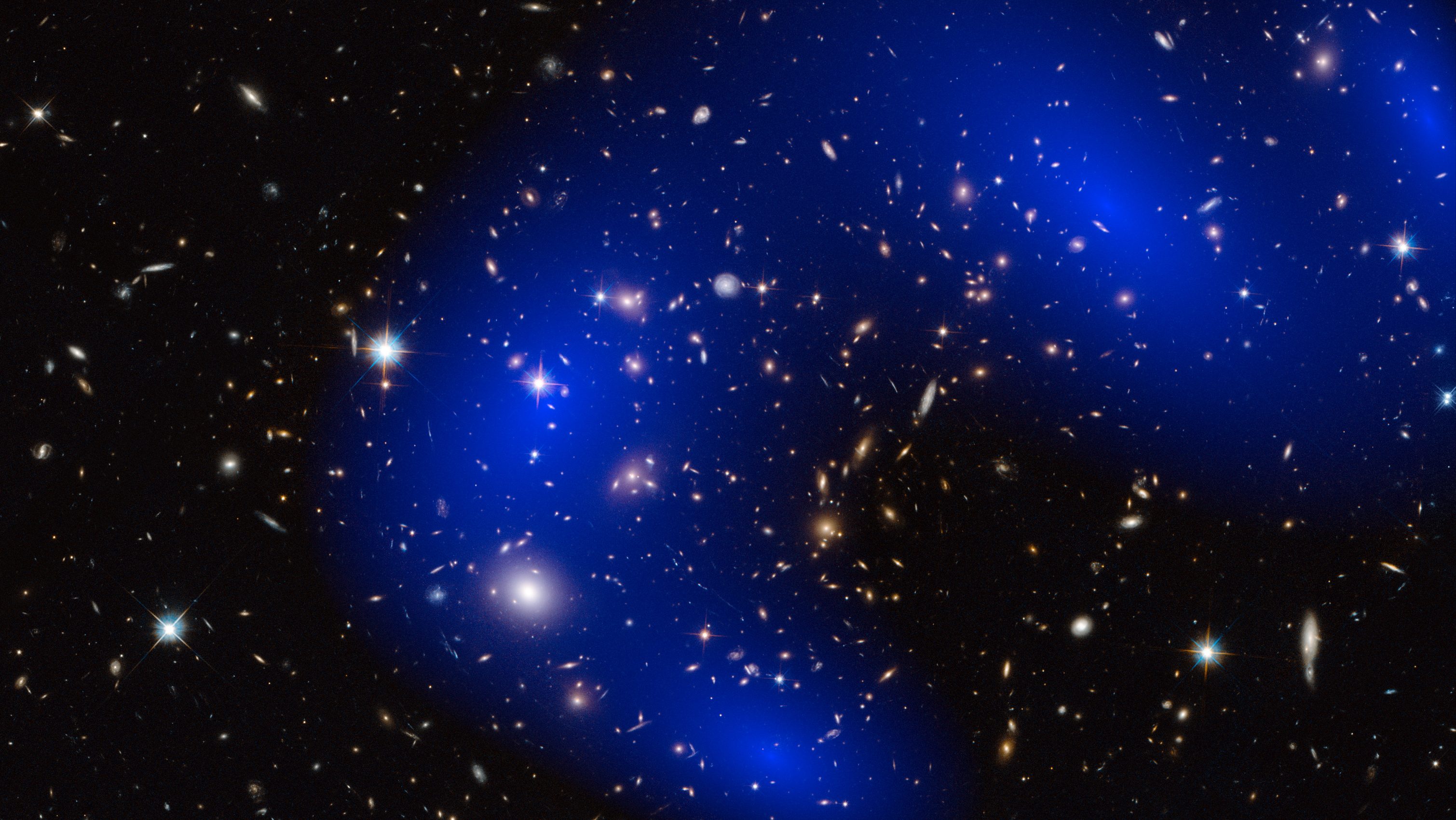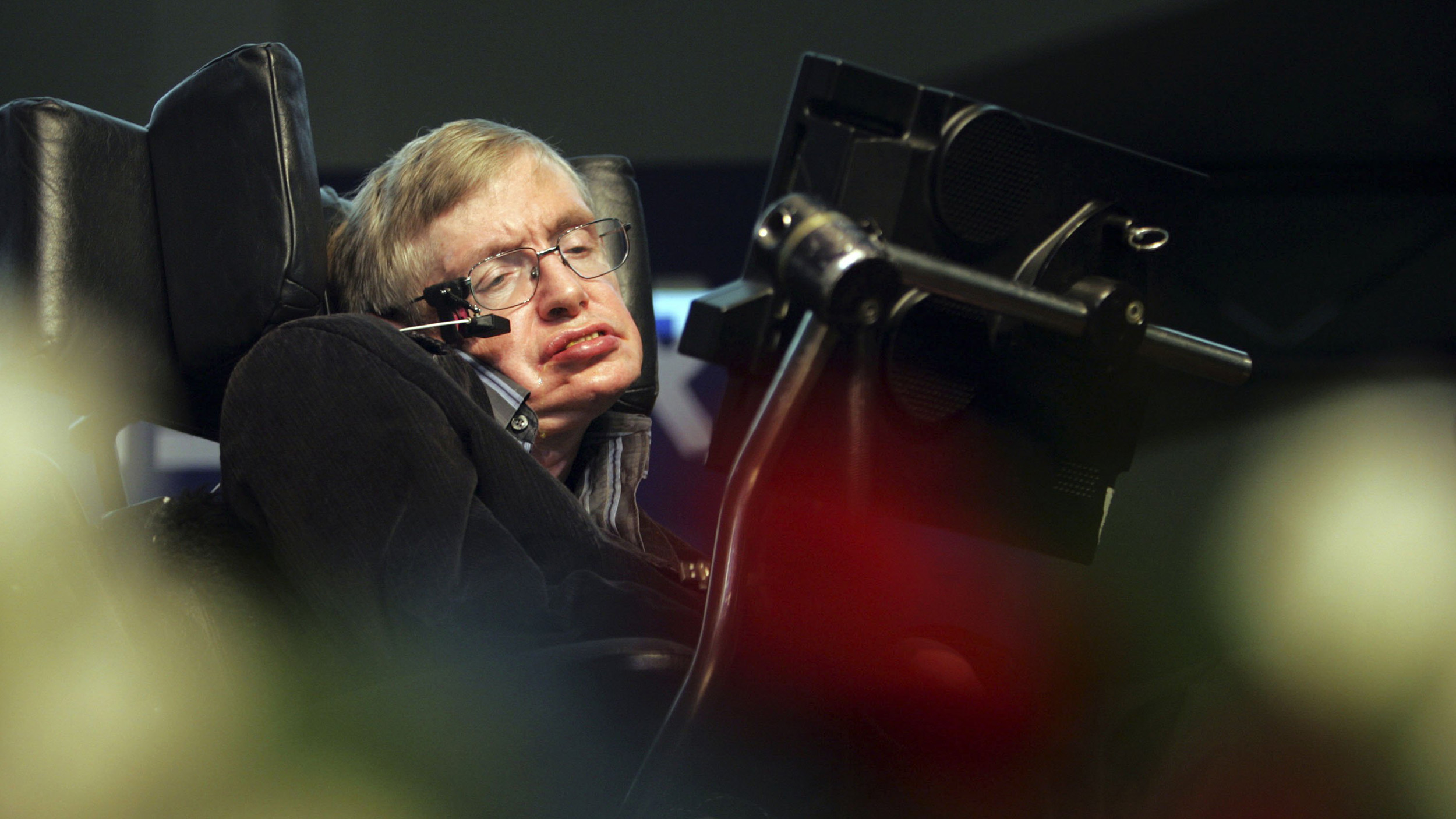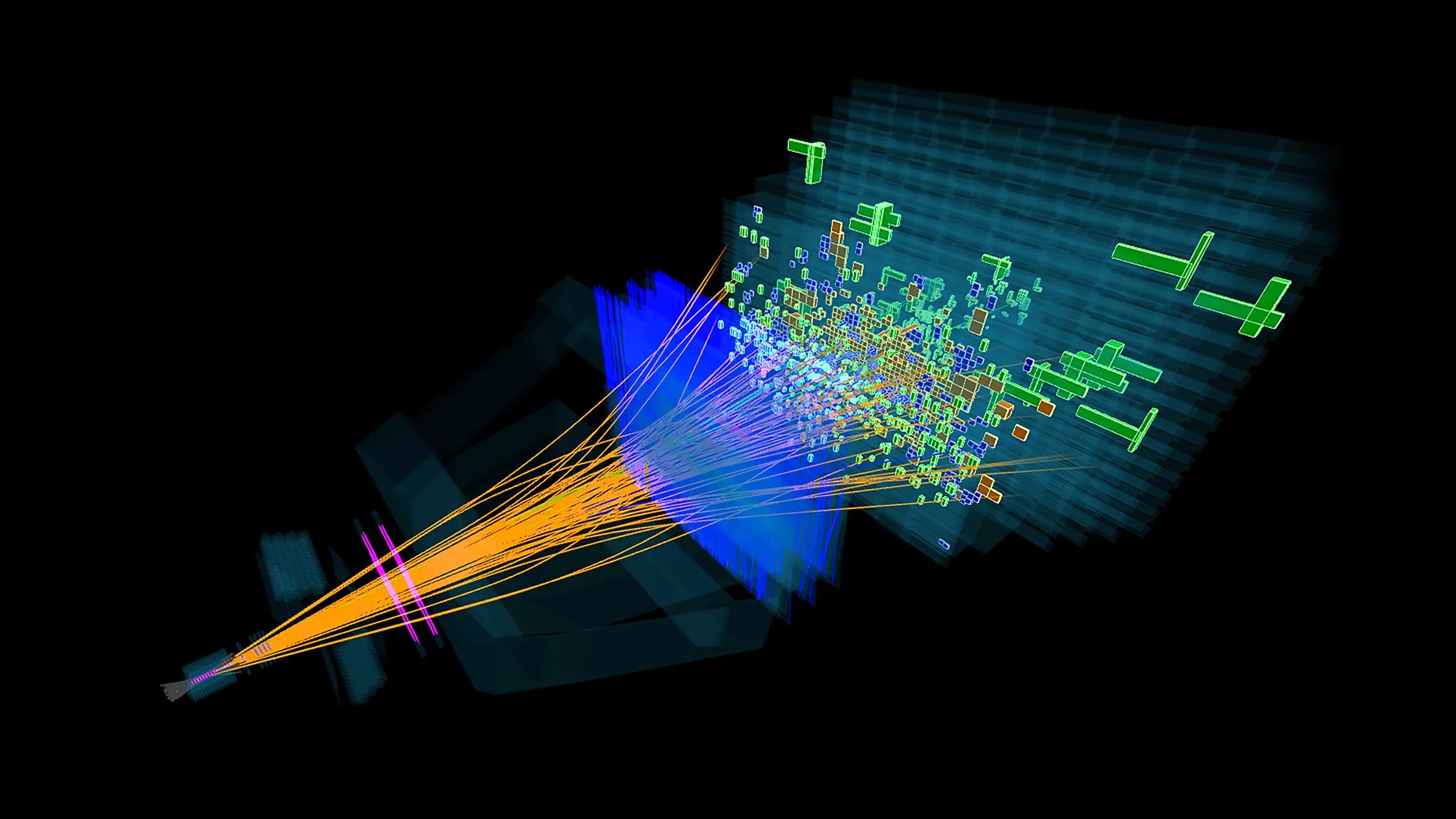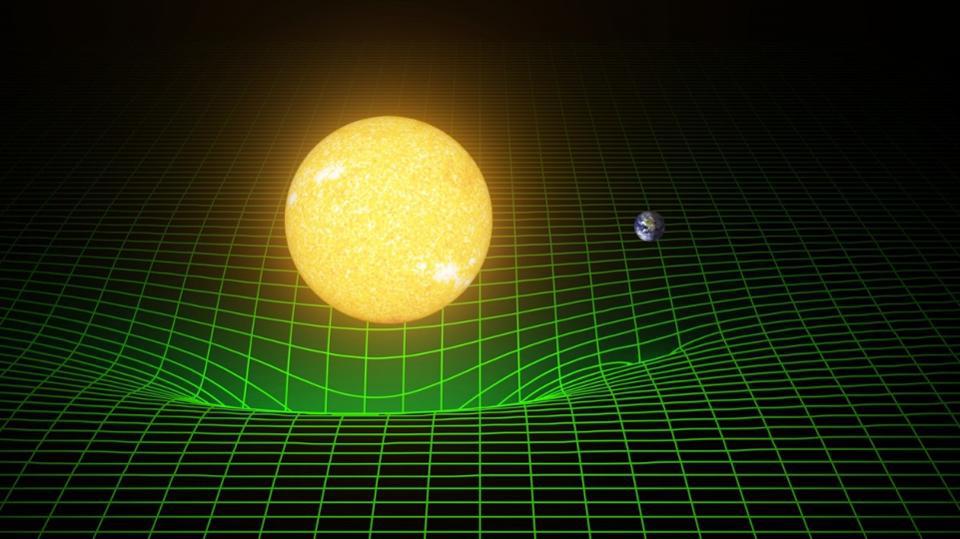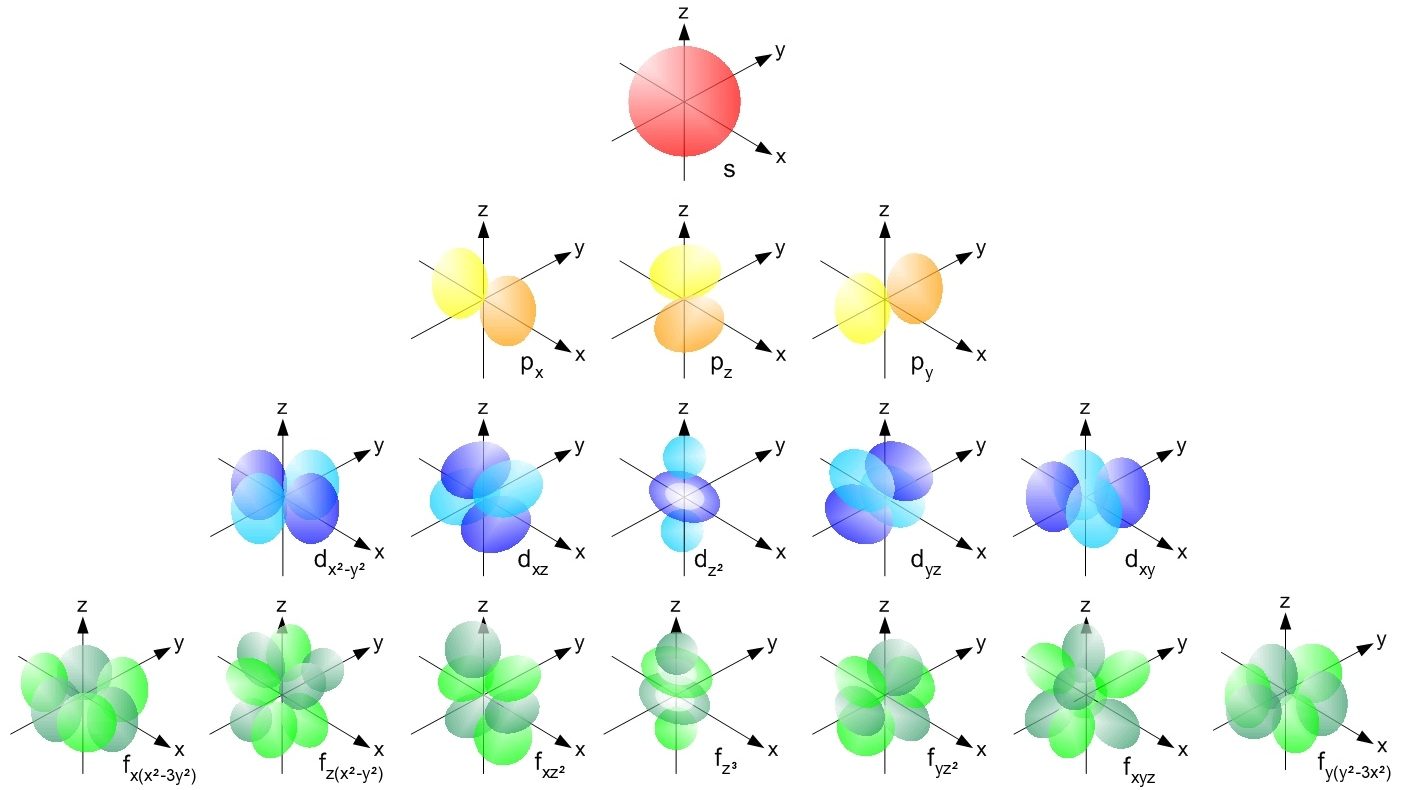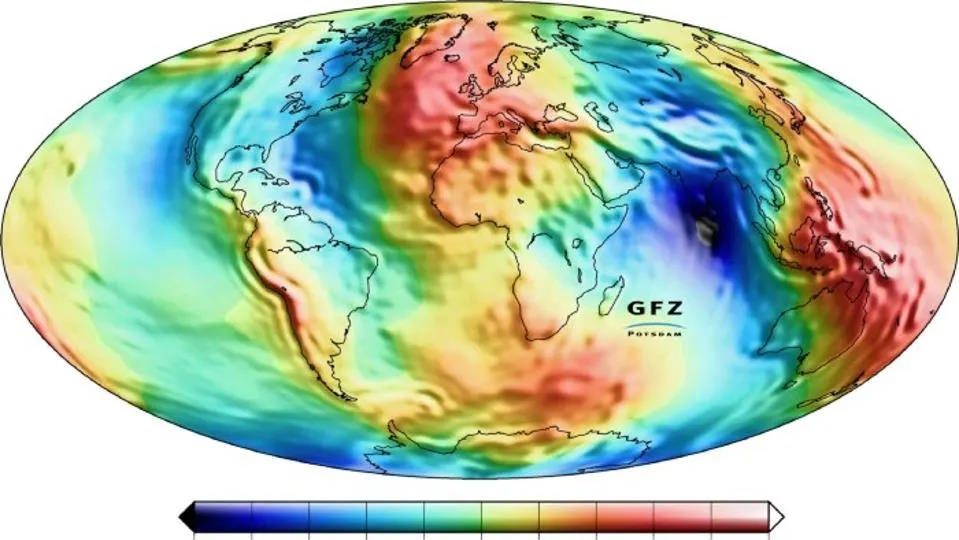particle physics
There are some 26 fundamental constants in nature, and their values enable our Universe to exist as it does. But where do they come from?
Under extreme conditions, matter takes on properties that lead to remarkable, novel possibilities. Topological superconductors included.
Perhaps the most well-known equation in all of physics is Einstein’s E = mc². Does mass or energy increase, then, near the speed of light?
We’ve wasted our time and resources ideologically policing and punishing each other for far too long. Here’s a better route to prosperity.
From the tiniest subatomic scales to the grandest cosmic structures of all, everything that exists depends on two things: charge and mass.
Dark matter doesn’t absorb or emit light, but it gravitates. Instead of something exotic and novel, could it just be dark, normal matter?
When we divide matter into its fundamental, indivisible components, are those particles truly point-like, or is there a finite minimum size?
The ultimate multi-messenger astronomy event would have gravitational waves, particles, and light arriving all at once. Did that just occur?
Matter is made up largely of atoms, where atomic nuclei can contain up to 100 protons or more. But how were the heaviest elements made?
Cosmic inflation, proposed back in 1980, is a theory that precedes and sets up the hot Big Bang. After thorough testing, is it still valid?
Physicist Don Lincoln explains why mathematics is a powerful tool for scientific modeling, but is not a science itself.
A proton is the only stable example of a particle composed of three quarks. But inside the proton, gluons, not quarks, dominate.
The electromagnetic force can be attractive, repulsive, or “bendy,” but is always mediated by the photon. How does one particle do it all?
Despite no experimental evidence showing that gravitons exist, they remain a respectable concept in the world of professional physicists.
There’s no upper limit to how massive galaxies or black holes can be, but the most massive known star is only ~260 solar masses. Here’s why.
In the year 2000, physicists created a list of the ten most important unsolved problems in their field. 25 years later, here’s where we are.
Hawking’s refusal to upgrade his communication system preserved a voice that became iconic, not just for its sound, but for the profound identity it conveyed.
Despite the Sun’s high core temperatures, atomic nuclei repel each other too strongly to fuse together. Good thing for quantum physics!
Electromagnetism, both nuclear forces, and even the Higgs force are mediated by known bosons. What about gravity? Does it require gravitons?
There was a lot of hype and a lot of nonsense, but also some profoundly major advances. Here are the biggest ones you may have missed.
Matt Strassler’s journey into fundamental physics culminates in a brilliant explanation of the Higgs field. Enjoy this exclusive interview.
By improving quantum error correction, quantum computations are now faster than ever. But parallel universes? That’s utter nonsense here.
If atoms are mostly empty space, then why can’t two objects made of atoms simply pass through each other? Quantum physics explains why.
From a hot, dense, uniform state in its earliest moments, our entire known Universe arose. These unavoidable steps made it all possible.
50 years ago, Stephen Hawking showed that black holes emit radiation and eventually decay away. That fate may now apply to everything.
We have very specific predictions for how particles ought to decay. When we look at B-mesons all together, something vital doesn’t add up.
Most waves need a medium to travel through. But the way that light and gravitational waves travel shows that space can’t be a medium at all.
One of the fundamental constants of nature, the fine-structure constant, determines so much about our Universe. Here’s why it matters.
“A person’s mass is made not of ‘stuff’ in the way we normally think about it, but rather our mass is made of energy.”
Scalars, vectors, and tensors come up all the time in physics. They’re more than mathematical structures. They help describe the Universe.

